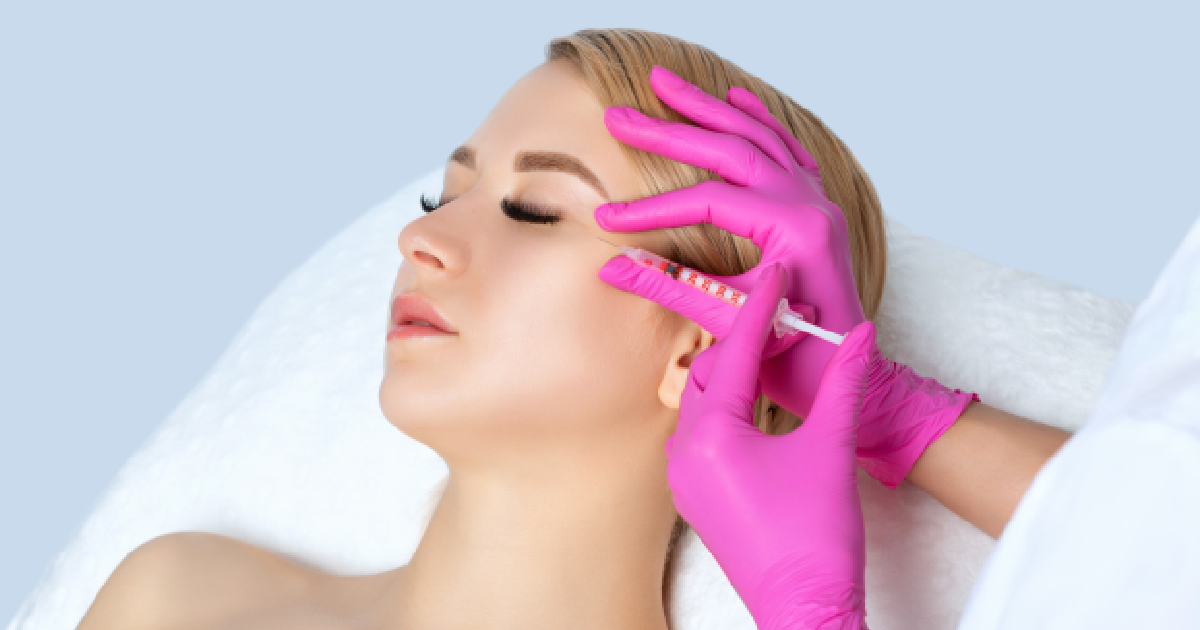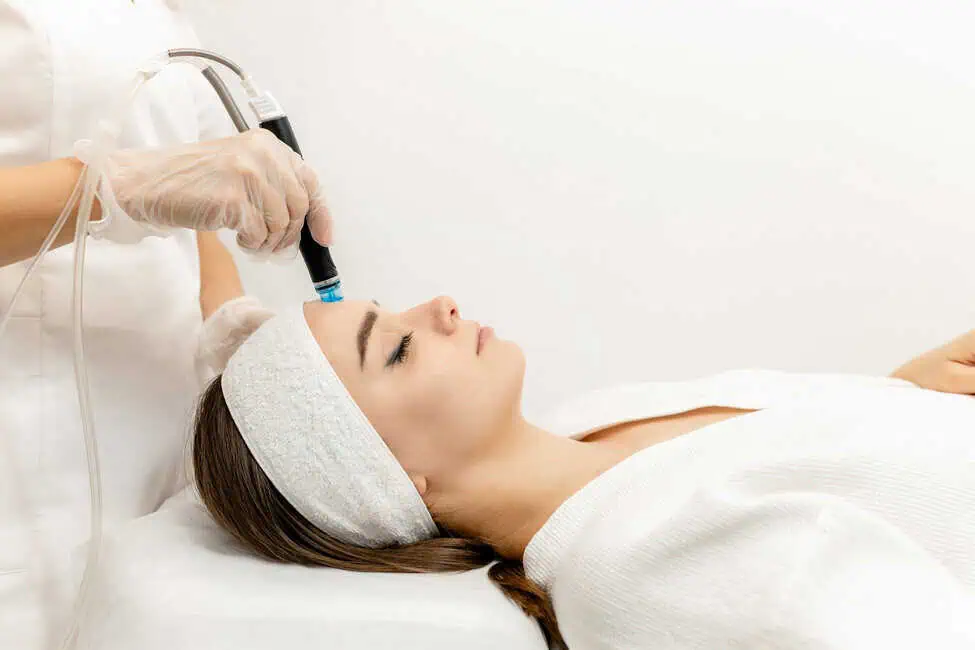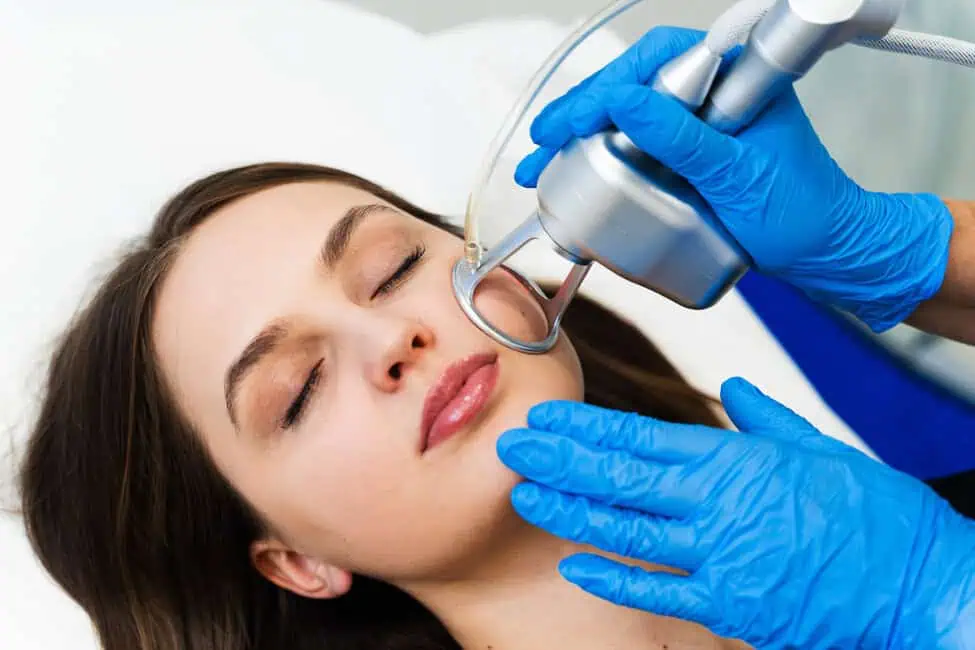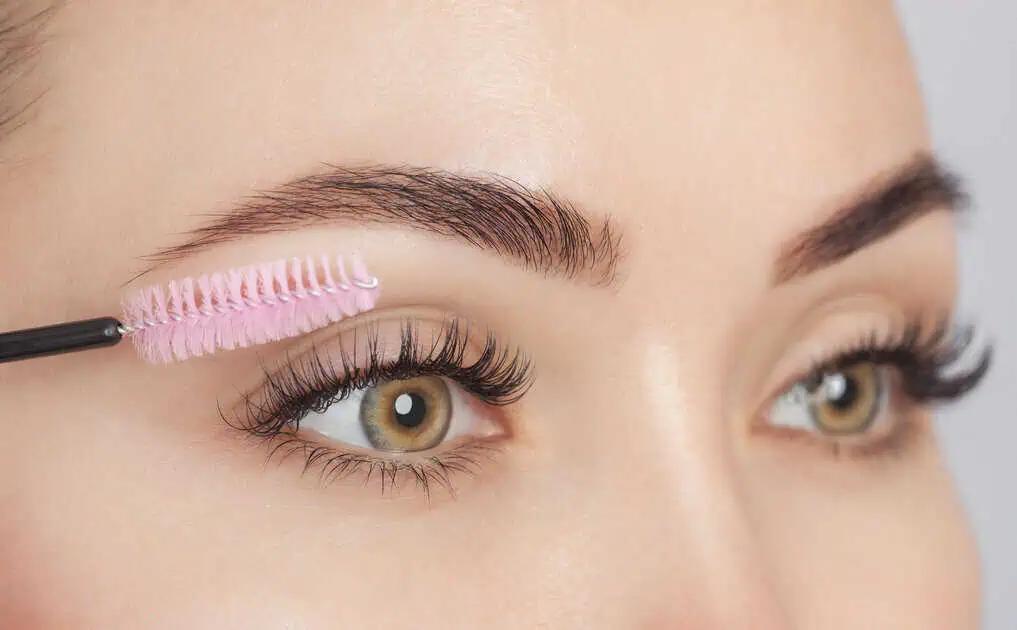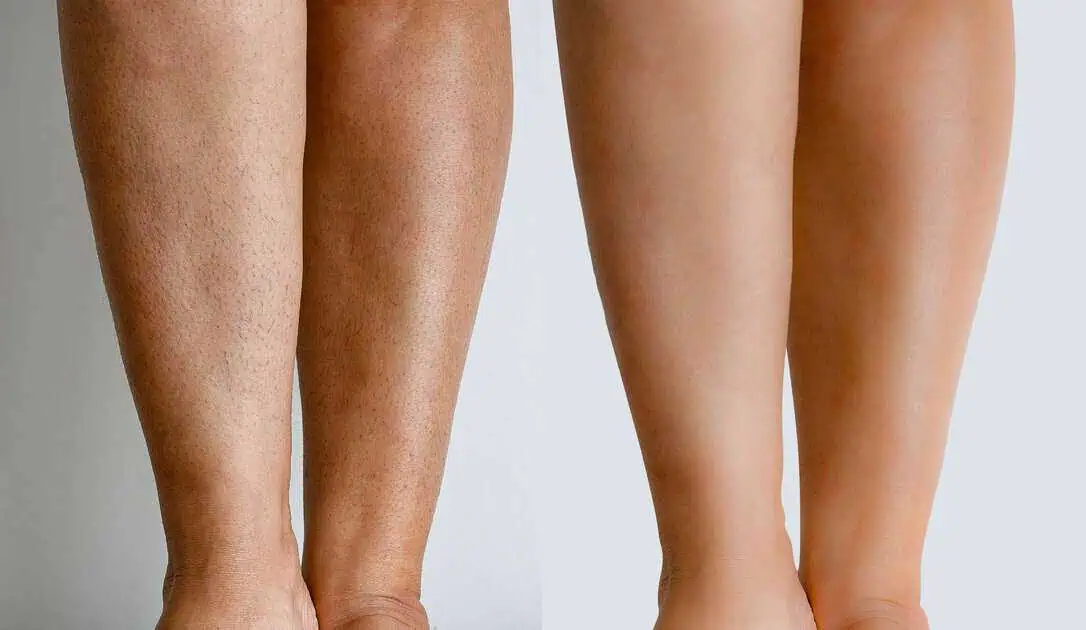Chemical peeling, a popular skincare treatment, often raises eyebrows due to the immediate reactions it can cause on the skin. Many individuals eager to achieve smoother, more youthful complexions opt for this procedure. However, the aftermath can sometimes cause concern, especially for those unfamiliar with the process. One of the most common observations post-treatment is a reddened face. This reaction, while expected by dermatologists and skincare professionals, can be alarming for the uninitiated. Understanding the nuances of this treatment and setting realistic expectations can alleviate concerns and ensure a more informed decision-making process for potential candidates.
What is Chemical Peeling?
Chemical peeling is a dermatological procedure designed to improve the skin’s impression by spreading a chemical solution that induces the skin to exfoliate and eventually peel off. The underlying new skin is typically smoother, less wrinkled, and has a more even tone than the old skin. The treatment addresses various skin issues such as acne scars, age spots, fine lines, wrinkles, and uneven skin tone. The depth and intensity of the peel can vary, ranging from superficial peels, which only affect the outermost skin layer, to medium and deep peels that penetrate deeper layers of the skin. The type of chemical used, its concentration, and its duration on the skin determine the depth of the peel.
Immediate After-Effects
Immediately following a chemical peel, patients often notice a series of reactions on their skin. These after-effects are a natural part of the skin’s response to the chemicals used during the procedure. One of the most immediate and noticeable reactions is redness, akin to sunburn, which can vary in intensity depending on the depth of the peel. This redness results from exfoliating the skin’s top layers, revealing the more sensitive layers beneath.
In addition to redness, the skin may feel tight or dry. Some individuals might experience a stinging or burning sensation, typically temporary and subsides as the skin starts to heal. Swelling is another possible reaction, especially if the peel is of medium or deep intensity. It’s also not uncommon for the skin to begin flaking or peeling within a day or two after the procedure. This shedding is crucial, allowing the newer, rejuvenated skin beneath to emerge.
While these immediate after-effects might concern some, they are generally anticipated and are a sign that the skin is undergoing renewal.
Redness Post Chemical Peeling: Is it Normal?
The process of chemical peeling and the subsequent skin reactions, including peeling and reddening, can be understood scientifically. Here’s why skin peeling and redness occurs:
- Skin Structure: The skin comprises multiple layers, with the outermost being the epidermis. The epidermis has several sub-layers, starting with the stratum corneum at the top. Beneath the epidermis lies the dermis, which contains blood vessels, nerves, and connective tissue.
- Action of Chemical Agents: When a chemical peel is applied, it disrupts the bonds between the skin cells in the epidermis. Depending on the strength and type of the chemical agent, this disruption can range from the superficial layers of the epidermis to deeper layers and even into the dermis.
- Exfoliation and Peeling: As the chemical agents break down the bonds between the skin cells, the top layers of the skin start to shed or “peel.” This peeling is the body’s way of getting rid of damaged skin cells, allowing new, regenerated skin to surface.
- Inflammatory Response: The skin’s natural reaction to any injury, including the controlled damage caused by chemical peels, is inflammation. Inflammation is a part of the body’s immune response. When the skin detects the chemical agents as foreign entities, blood flow increases to the affected area, leading to redness. This increased blood flow delivers immune cells to the site to combat potential pathogens and brings nutrients to aid healing.
- Collagen Production: On a deeper level, certain chemical peels stimulate the skin to produce more collagen, a protein responsible for the skin’s elasticity and firmness. While this is beneficial for reducing wrinkles and improving skin texture, the process can also contribute to temporary redness as the skin rebuilds itself.
- Healing and Renewal: The redness will start to subside as the skin heals from the chemical peel. The newly revealed skin is often more sensitive, having been shielded from external factors by the now-peeled top layers. This sensitivity can also contribute to the red appearance.
Redness following a chemical peel is one of the most common reactions and is often a primary concern for many individuals. The question arises: Is this redness normal? The answer is a resounding yes.
How to Care for Your Skin Post-Peel
After a chemical peel, the skin becomes sensitive and requires proper care to heal effectively and retain the treatment’s benefits. Following specific post-peel guidelines will prevent complications and achieve the best results.
- Sun Protection: The newly revealed skin is particularly susceptible to sun damage. It’s essential to avoid direct sun exposure for several days post-peel. When going outside, always apply a broad-spectrum sunscreen with an SPF of at least 30, even on cloudy days. Wearing a wide-brimmed hat can offer additional protection.
- Moisturize Regularly: The skin can feel tight and dry after a chemical peel. A gentle, fragrance-free moisturizer can help soothe the skin and prevent excessive dryness. It’s best to consult with your dermatologist about suitable products.
- Avoid Harsh Skincare Products: For at least a week post-peel, steer clear of products containing retinoids, alpha hydroxy acids, or any other potentially irritating ingredients. These can exacerbate redness and hinder the healing process.
- Gentle Cleansing: Use a mild, hydrating cleanser to wash your face. Avoid scrubbing or using exfoliating brushes, as these can irritate the skin further.
- Avoid Picking or Peeling: As tempting as it might be, do not pick at or peel off flaking skin. This can lead to scarring and uneven results. Allow the skin to shed naturally.
- Limit Heat Exposure: Activities that raise the body’s temperature, such as hot showers, saunas, or intense workouts, can increase blood flow to the face and exacerbate redness. It’s best to avoid these for a few days post-peel.
- Stay Hydrated: Drinking plenty of water helps the skin heal and maintain elasticity.
- Consultation: If you notice any signs of infection, excessive swelling, or any other unexpected reactions, it’s crucial to consult with your dermatologist or skincare professional immediately.
Takeaway
Discover the transformative power of expert skincare with Uptown Aesthetics & Wellness. Whether you are seeking a refreshed complexion, anti-aging treatments, or a wellness boost, our team helps you accomplish your beauty and health goals. Don’t just dream of radiant skin and renewed confidence; make it a reality. Dive into a personalized experience tailored to your unique needs. Contact or book your consultation with Uptown Aesthetics & Wellness now and embark on a journey to the best version of yourself. Your revitalized future awaits!

